Ta-Hsuan Chao
Terahertz Spatio-Temporal Deep Learning Computed Tomography
May 03, 2022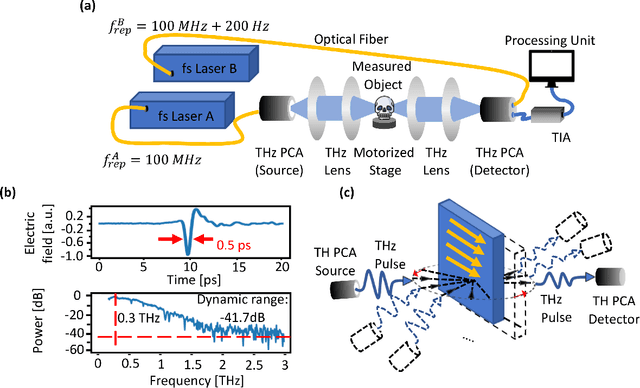
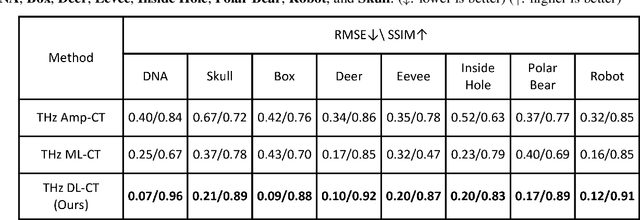
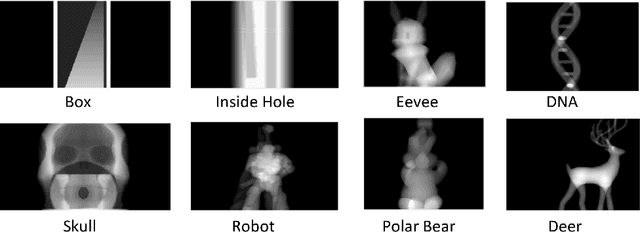
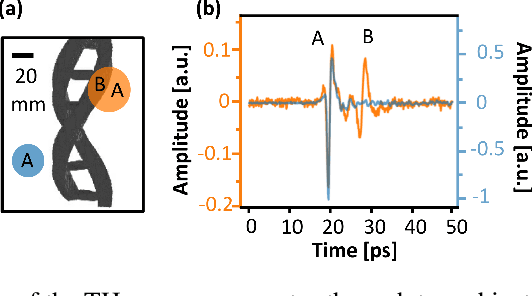
Abstract:Terahertz computed tomography (THz CT) has drawn significant attention because of its unique capability to bring multi-dimensional object information from invisible to visible. However, current physics-model-based THz CT modalities present low data use efficiency on time-resolved THz signals and low model fusion extensibility, limiting their application fields' practical use. In this paper, we propose a supervised THz deep learning computed tomography (THz DL-CT) framework based on time-domain information. THz DL-CT restores superior THz tomographic images of 3D objects by extracting features from spatio-temporal THz signals without any prior material information. Compared with conventional and machine learning based methods, THz DL-CT delivers at least 50.2%, and 52.6% superior in root mean square error (RMSE) and structural similarity index (SSIM), respectively. Additionally, we have experimentally demonstrated that the pretrained THz DL-CT model can generalize to reconstruct multi-material systems with no prerequisite information. THz CT through the DL data fusion approach provides a new pathway for non-invasive functional imaging in object investigation.
Seeing through a Black Box: Toward High-Quality Terahertz TomographicImaging via Multi-Scale Spatio-Spectral Image Fusion
Mar 31, 2021
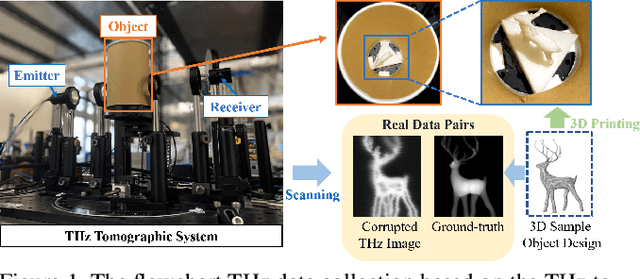
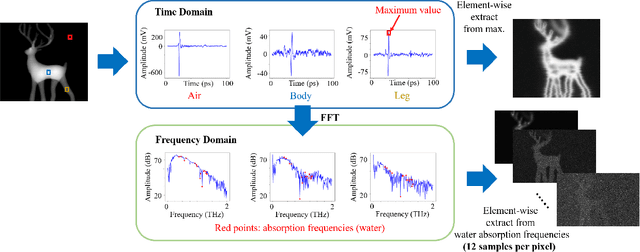
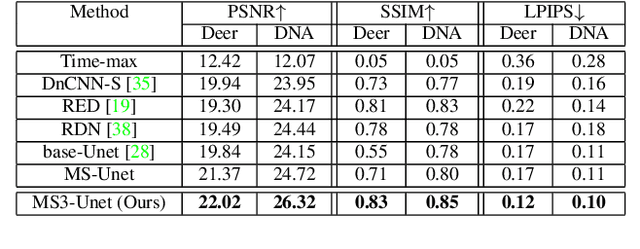
Abstract:Terahertz tomographic imaging has recently arisen significant attention due to its non-invasive, non-destructive, non-ionizing, material-classification, and ultrafast-frame-rate nature for object exploration and inspection. However, its strong water absorption nature and low noise tolerance lead to undesired blurring and distortion of reconstructed terahertz images. Research groups aim to deal with this issue through the use of synthetic data in the training phase, but still, their performances are highly constrained by the diffraction-limited terahertz signals. In this paper, we propose a novel multi-scale spatio-spectral fusion Unet (MS3-Unet) that extracts multi-scale features from the different spectral of terahertz image data for restoration. MS3-Unet utilizes multi-scale branches to extract spatio-spectral features which are then processed by element-wise adaptive filters, and then fused to achieve high-quality terahertz image restoration. Here, we experimentally construct ultra-high-speed terahertz time-domain spectroscopy system covering a broad frequency range from 0.1 THz to 4 THz for building up temporal/spectral/spatial/phase/material terahertz database of hidden 3-D objects. Complementary to a quantitative evaluation, we demonstrate the effectiveness of the proposed MS3-Unet image restoration approach on 3-D terahertz tomographic reconstruction applications.
Predict and Use Latent Patterns for Short-Text Conversation
Oct 27, 2020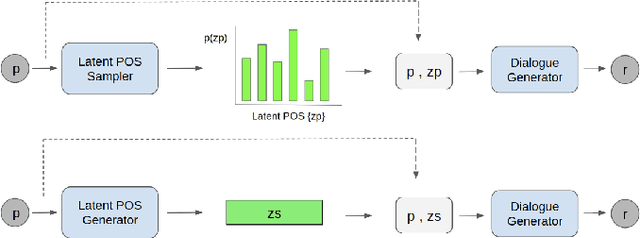
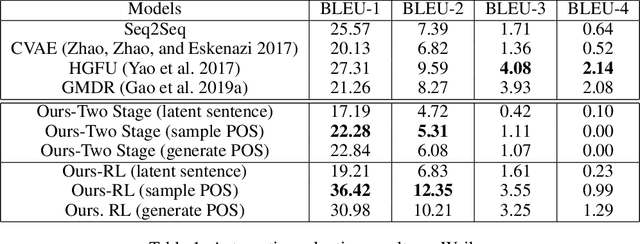

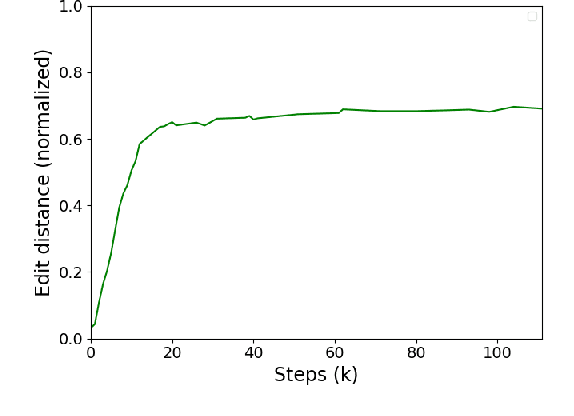
Abstract:Many neural network models nowadays have achieved promising performances in Chit-chat settings. The majority of them rely on an encoder for understanding the post and a decoder for generating the response. Without given assigned semantics, the models lack the fine-grained control over responses as the semantic mapping between posts and responses is hidden on the fly within the end-to-end manners. Some previous works utilize sampled latent words as a controllable semantic form to drive the generated response around the work, but few works attempt to use more complex semantic forms to guide the generation. In this paper, we propose to use more detailed semantic forms, including latent responses and part-of-speech sequences sampled from the corresponding distributions, as the controllable semantics to guide the generation. Our experimental results show that the richer semantics are not only able to provide informative and diverse responses, but also increase the overall performance of response quality, including fluency and coherence.
 Add to Chrome
Add to Chrome Add to Firefox
Add to Firefox Add to Edge
Add to Edge